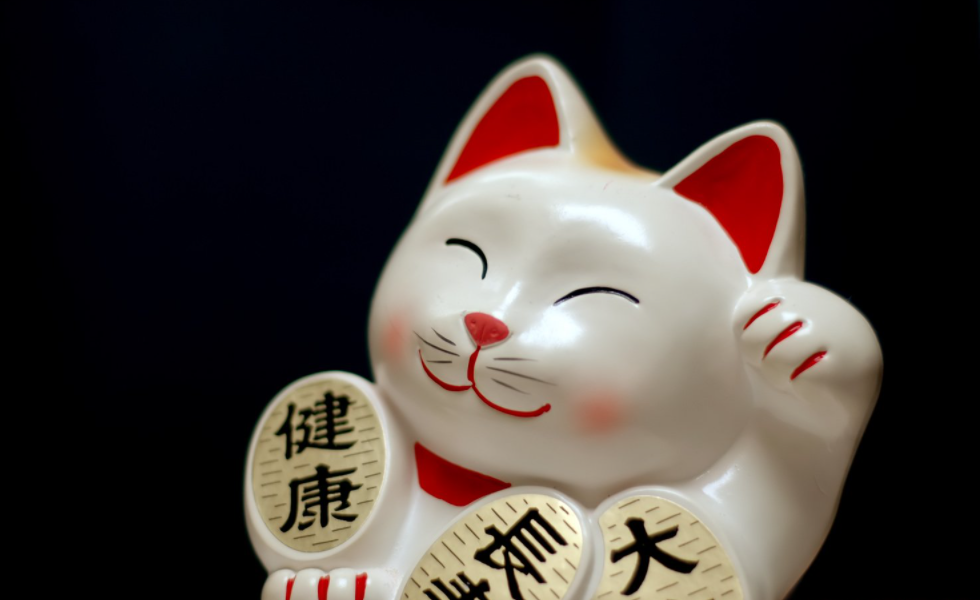abrdn: What lies ahead for China in the year of the tiger?
abrdn: What lies ahead for China in the year of the tiger?

By Louis Luo, Investment Director, Multi Asset Investment Solutions, abrdn
Chinese New Year, happening on February 1 this year, will bring family reunions over traditional food, fireworks, and time to reflect on the events of the past year and what lies ahead for 2022 - the year of the tiger.
Investors who want to diversify their global portfolios should certainly consider China, as policymakers there are charting a different course to their western counterparts. In the West, growth will likely moderate, but remain above trend due to policy stimulus and vaccine rollouts. Prompted by high inflation, the US Federal Reserve will probably raise interest rates and run down its bloated balance sheet.
By contrast, China’s economy had already slowed by the second half of last year, albeit with full-year growth of 8.1%.[1] Fiscal tightening, shifting regulations and the lingering effects of Covid-19 on consumption all contributed. China will now likely move towards a more supportive policy stance.
Currency
The Chinese yuan, which will be tucked into red envelopes as a traditional New Year’s gift, was among the best-performing emerging market currencies last year, +2.7% against the US dollar and +8.1% against the trade-weighted China Foreign Exchange Trade System (CFETS) basket.[2] Such strength might surprise observers focused on China’s domestic weakness, but it’s understandable in the context of the macro-economic and policy divergences between China and the West.
China’s recovery in supply-side industrial production was quicker and stronger than in domestic consumer demand. Whereas, in advanced economies, consumption recovered thanks to fiscal support but supply-chain bottlenecks crimped production. This helped to drive China’s exports, boosting its current account surplus and supporting the yuan.
As western central banks flooded their financial systems with liquidity, the People’s Bank of China (PBoC) tightened interbank liquidity at the early signs of economic recovery in the second quarter of 2020. This helped to keep China’s seven-day reverse repo rate at 2.1%[3] – historically low, but far higher than the zero or negative rates in the developed world.
Over 2022, we expect the macro and policy divergence between China and the West to reverse, with the PBoC easing as the Fed enters a tightening cycle. China’s reduction in reserve requirement ratio (RRR) and loan prime rate last year was the beginning of its easing path.
This reversal should be gradual and the yuan will likely remain strong for the time being, but the best time to bet on CNY appreciation against the US dollar is probably already behind us.
Fixed income
The year of the ox – 2021 – was a challenging one for the offshore bond market with supply-side deleveraging in the property sector. Credit spreads on the JACI China Index hit 400 basis points late last year due to its heavy exposure to bonds issued by developers. This is the widest level since the 2011 euro crisis, surpassing spreads reached during fears of RMB devaluation in 2015 and the Covid-19 shock in 2020. Even excluding Evergrande, the default rate in China’s high-yield property market spiked to 11%.
Despite uncertainties about a heated property sector, policymakers moved to ease credit conditions for homebuyers and developers in the fourth quarter of 2021. We anticipate more policy support this year to help stabilise the property market.
Credit spreads have priced in the probability of an adverse event, but we don’t think this will remain the norm long term, as we believe the offshore credit market offers a tactical investment opportunity. Getting credit selection and the timing of engagement right will be critical.
Meanwhile, China’s local government bond (CGB) rates market was among the best performing in 2021 (+5.6% vs -6.6% return of Bloomberg Global Aggregate Treasury index before currency effect).[4] A slowdown in growth, the RRR cut and global bond index inclusion all contributed. Tepid consumer prices in contrast to red-hot inflation in the West made China’s A+ CGB market with positive real yield a rarity.
For CGBs in 2022, investors should view the market positively when growth is weak and policy support has yet to kick in. Once the recovery in growth has begun and the PBoC starts to withdraw support, investors should consider duration risk and move to the shorter end of the yield curve. Ten-year CGB yields of 2.86% remain low relative to history, after all.[5]
Equity
There were no fireworks from Chinese equities last year, despite double-digit earnings growth, because the market and valuations tend to be driven by the credit cycle. The 12-month Bloomberg credit impulse flipped quickly from extremely positive to extremely negative in 2021.
Unexpected shifts in China’s regulatory policy complicated the picture. Clampdowns on the internet and education sectors had a major impact on offshore equities, but onshore equities held up with their exposure to policy “winners” such as green technology, semiconductors and the electric vehicle supply chain. The HSCEI offshore equity gauge declined -22% in 2021, while the MSCI China A Onshore Index ended flat.[6]
Investors should bear in mind that policymakers initiated these regulatory reforms to foster long-term quality growth.
The year ahead
New Year’s red lanterns are hung up to attract energy, prosperity and good luck – and the year ahead looks auspicious. We expect the authorities to refocus on shorter-term growth objectives and we anticipate measures to stabilise growth such as increased infrastructure spending, investment in manufacturing, a tax cut and stimulus to drive consumer spending. This should coincide with a turn in the credit cycle.
We see the prospects for Chinese A-shares this year as positive, backed by still-positive earnings growth and a re-rating in valuations. We favour a balanced exposure between new-economy stocks with a strong growth outlook and old-economy holdings with a valuation buffer.
Our stance on Chinese H-shares is more nuanced. Despite declining profit growth and light investor positioning already being priced in to offshore equities, we will wait for catalysts from regulators, or upward earnings revisions, before re-entering the market.
In Chinese tradition, tigers are adventurous and courageous – qualities investors may admire. The divergence in economic and policy outlook raises the importance of Chinese assets as a source of uncorrelated return in global portfolios. Diversification that is a touch adventurous and courageous could play a key role for global investors in the year of the tiger.
[1] China’s National Bureau of Statistics, January 2022
[2] Bloomberg, January 2022
[3] Bloomberg, January 2022
[4] Bloomberg, January 2022
[5] Bloomberg, January 2022
[6] Bloomberg, January 2022



